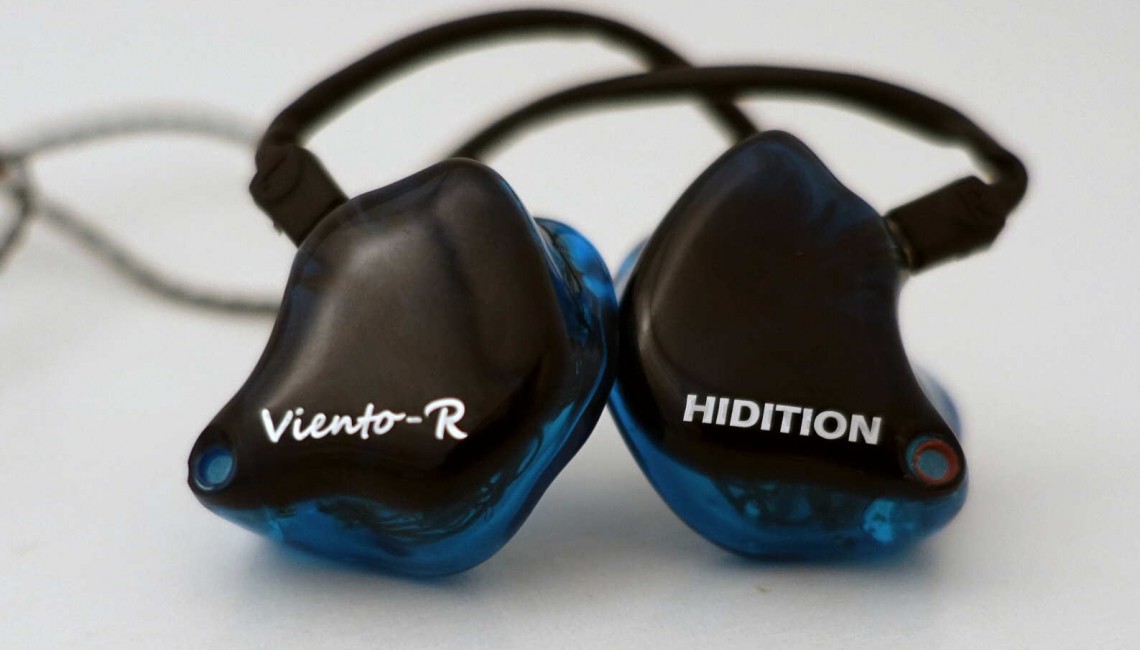
Bass: The bass of the Viento-R has two settings: neutral and boosted. With either setting, the bass is tight, deep, well controlled, and textured. The quantity with the switch off is similar to the NT-6’s neutral presentation, with plenty of authority and emotion but with slightly less deep bass reverberation. Changing the switch to the up position adds a subtle but noticeable boost from mid-bass on down resulting in a warmer sound than both the NT-6 and NT-6 Pro, but with less deep bass emphasis than the NT-6 Pro. While the bass quantity increases, the reverberation remains constant. Integration of the bass with the midrange is exceptional regardless of the switch position, and the overall feel is fast, accurate, and detailed but never too prominent.
Midrange: The midrange is very neutral and balanced both in frequency response and presentation perspective. Changing the switch to boost the midrange results in a more forward midrange that switches the relatively spacious “reference” style sound and a more mid-forward presentation while keeping the tonality. The midrange is crisp and clear, with excellent resolution and focus within the soundstage for a very precise feel that can leave other CIEMs sounding a bit muddy. While there is plenty of detail that is well articulated, the details are presented in a very natural way that isn’t as analytical as the slightly more detailed NT-6 and NT-6 Pro. The Spiral Ear SE5 is less articulated and warmer while the Custom Art Harmony 8 Pro is not as smooth and refined.
Treble: The treble of the Viento-R is on the brighter side of neutral, but not by too much. The notes are natural and smooth yet still detailed for an overall exceptional performance unmatched by other “brighter” CIEMs and only bested by CIEMs that are on the warmer side including the Spiral Ear SE 5-way Reference, Fit Ear PS-5, and The Lear LCM BD4.2, which is closest in brightness. Notes are smoother and more natural than the NT-6 and NT-6 Pro but give up a slight bit of detail in the process.
Presentation: The Viento-R shares a similar soundstage presentation to the NT-6 and NT-6 Pro, but the vented design results in a spaciousness the others don’t have. The standout of the VR is the focus within the soundstage and soundstage coherence across it, which is the best I have heard, leading to an exceptionally clear presentation without being as analytical as the NT-6 and NT-6 Pro. Spatially, the presentation size of the VR is good, but about on par with the other Hiditions. While the other Hiditions focus more on individual instruments, the VR provides a bit better balance between instrument and overall presentation.
Note capability is superior with the ability to adjust to the average ADSR recorded in different masters while retaining a natural sound and providing almost as much detail as much more analytical sounding CIEMs. Transparency is exceptional and coherence across the frequency spectrum is very good, falling between the NT-6 and NT-6 Pro. The VR has an overall performance that is impressive and competitive with the best.
Volume performance
The Viento-R sensitivity is about average for CIEMs, and noise floors and low volume channel imbalances should be taken into account when selecting a source. At lower volumes (120 and below on the DX100 for example) the VR performs well with the bass switch up, as the bass boost overcomes some of the bass quantity issues many BA driver CIEMs exhibit. Performance is relatively consistent through what I consider loud volumes (over 200 on the iBasso DX100). Above that point, the clarity of the sound starts to diminish; but I can’t listen at that level for longer than several seconds.
The Hidition Viento-R epitomizes a clean, precise, and focused recreation of music with a natural sounding note and somewhat laid-back “reference” presentation. While not overly bright, the treble quantity is a bit north of neutral but still give a natural tonality to both male and female vocals. The vented design adds a high level of openness to the relatively large soundstage size. Detail and resolution aren’t quite as high as some of the other competitors, but the VR makes up for it with superior focus and imaging.
--------------- Click here for detailed post ---------------



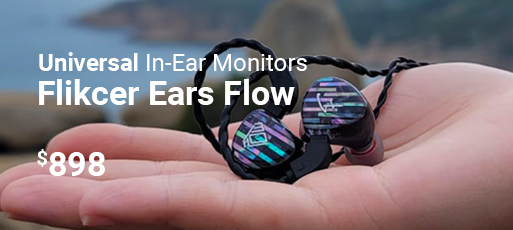


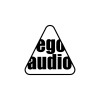



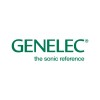

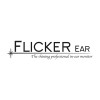
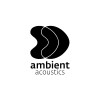


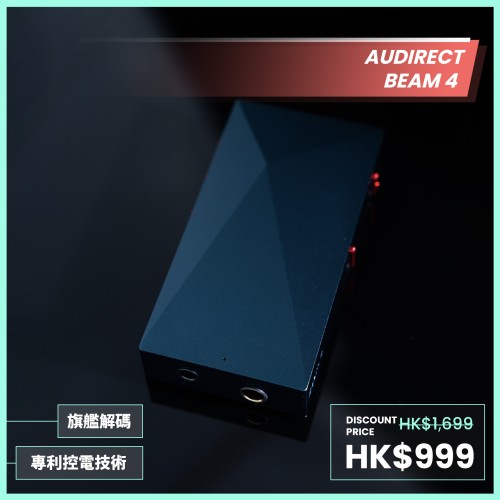
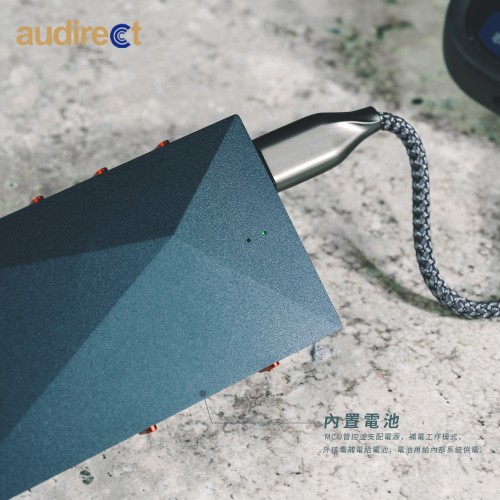

-500x500w.jpeg)
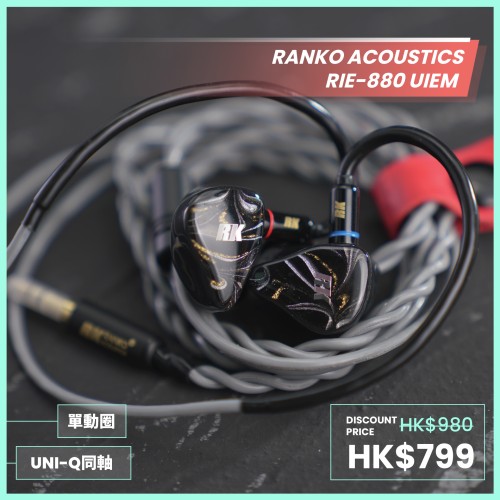

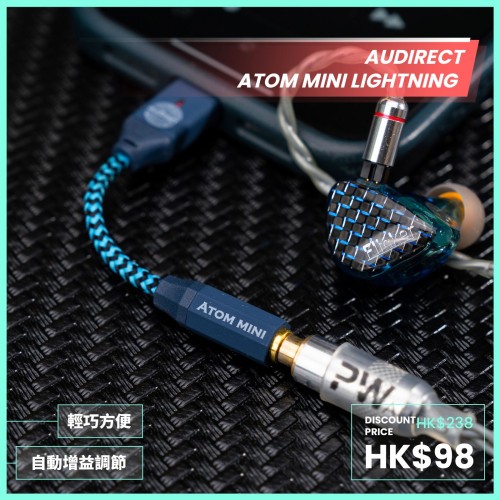
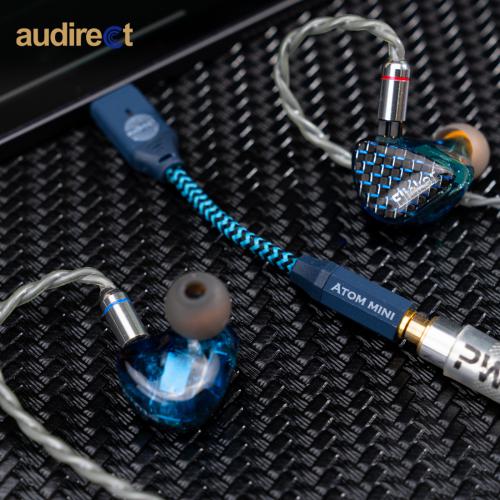
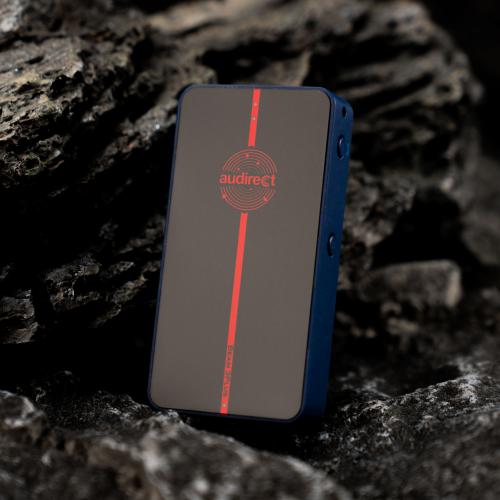
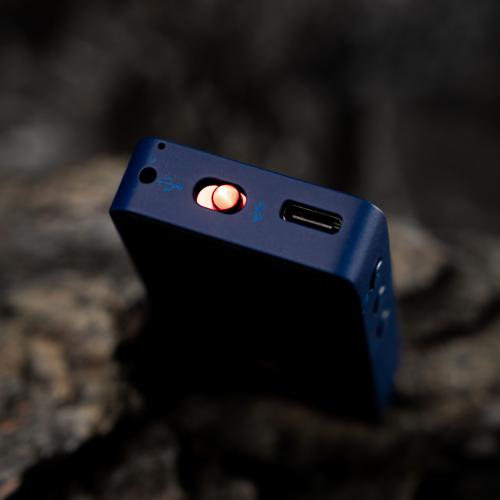
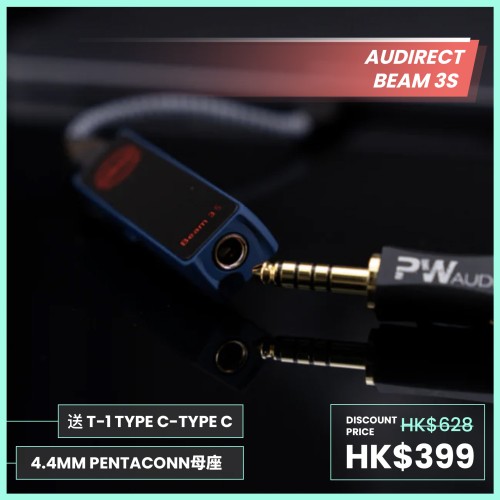
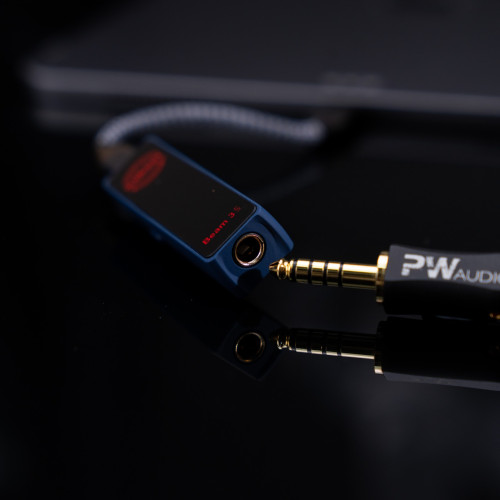
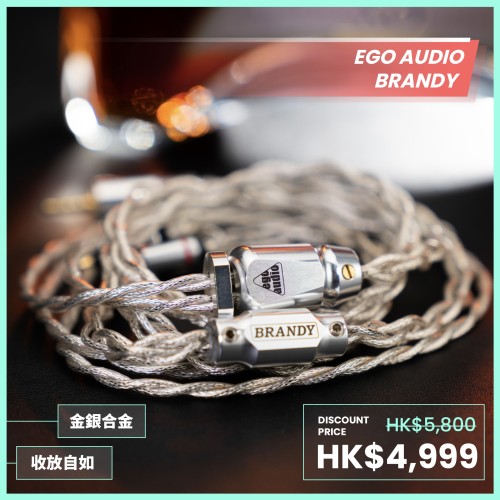

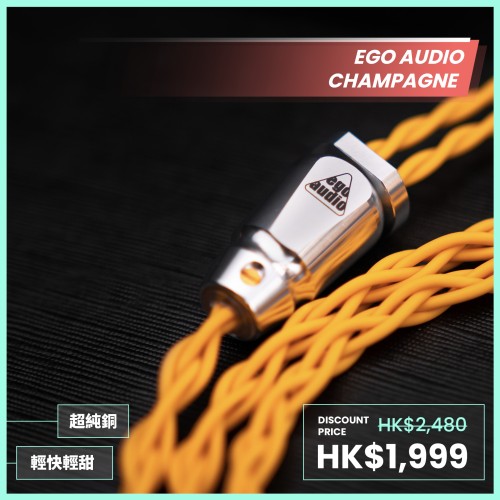

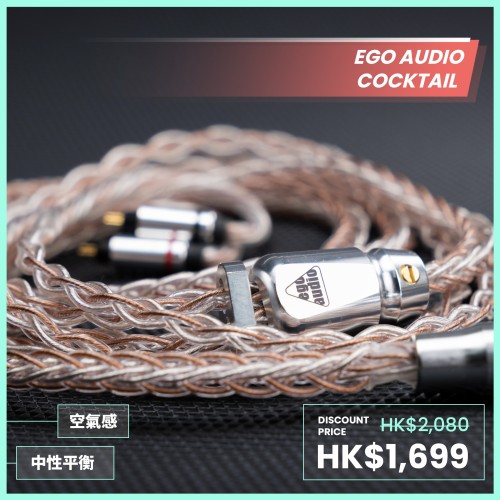

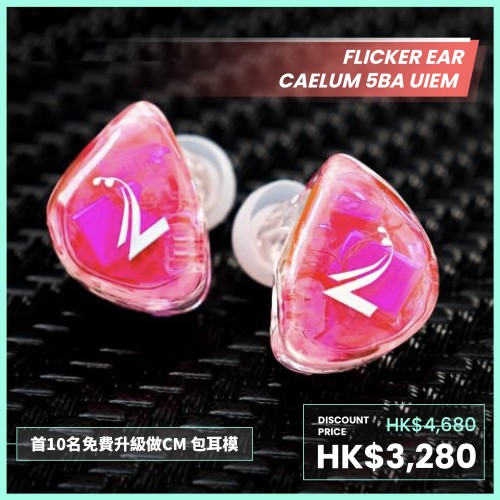

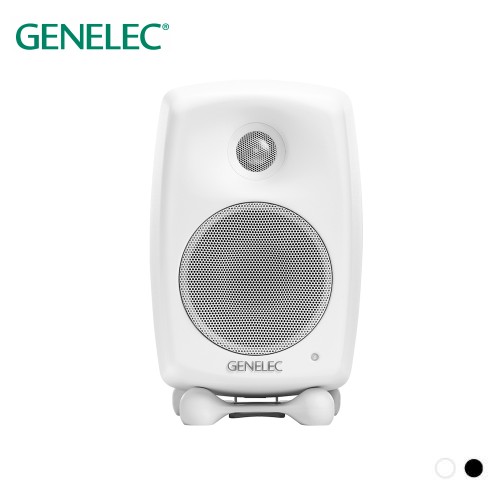
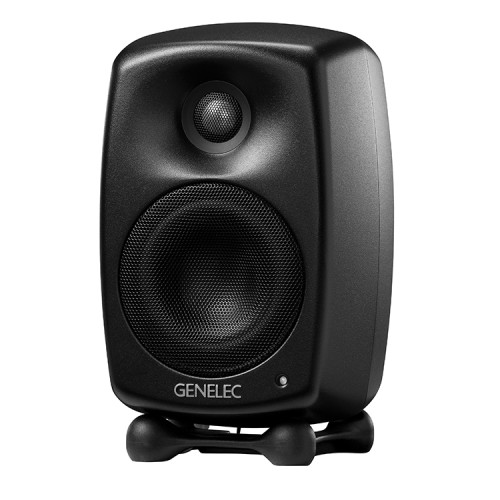
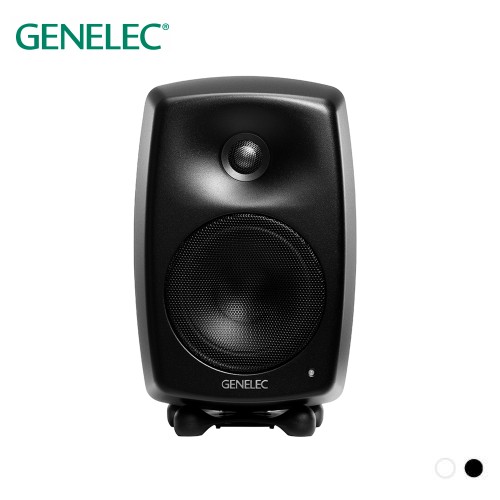
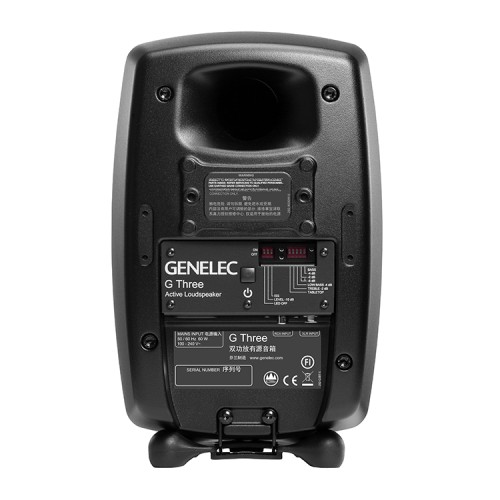
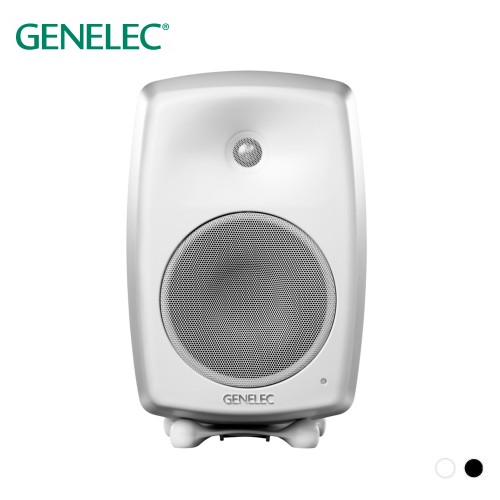
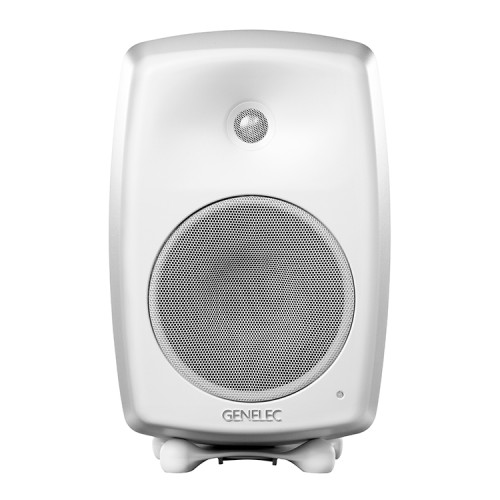
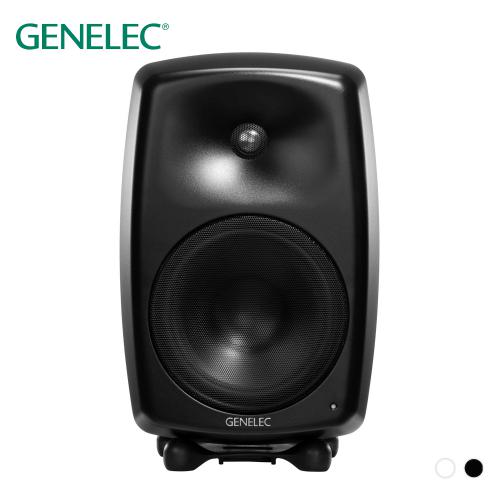
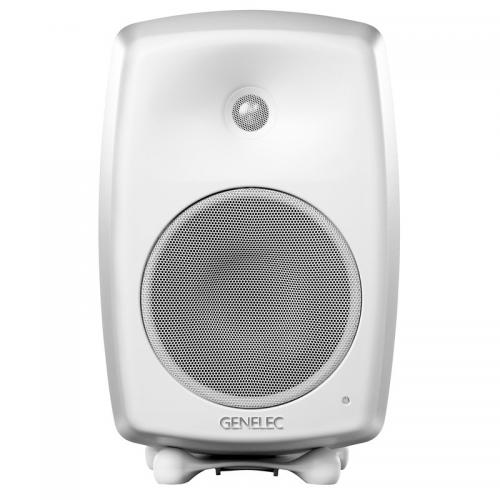
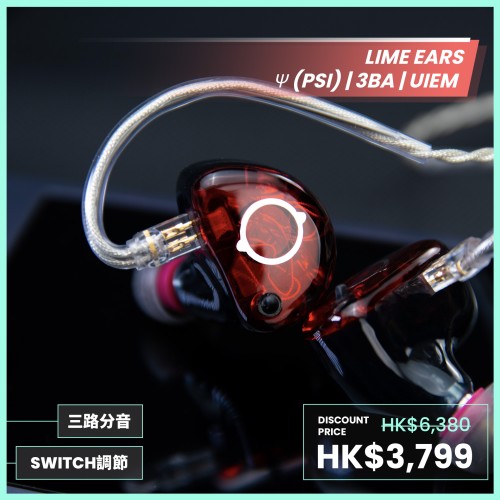
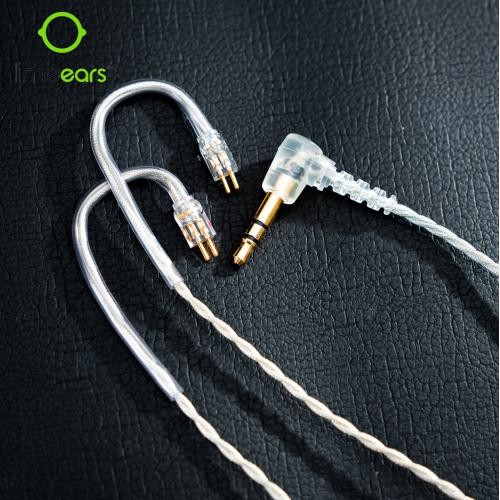

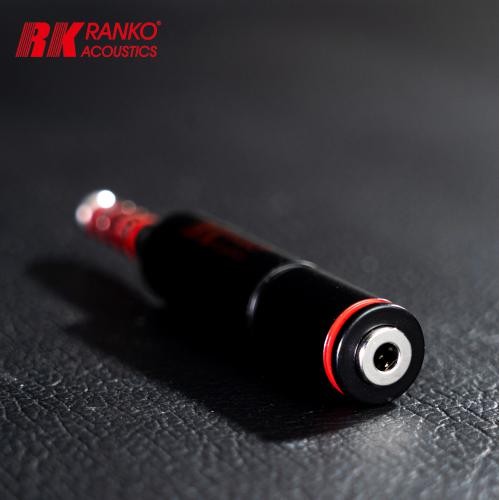

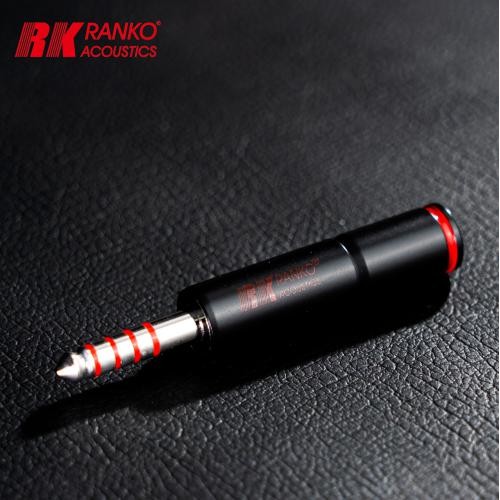
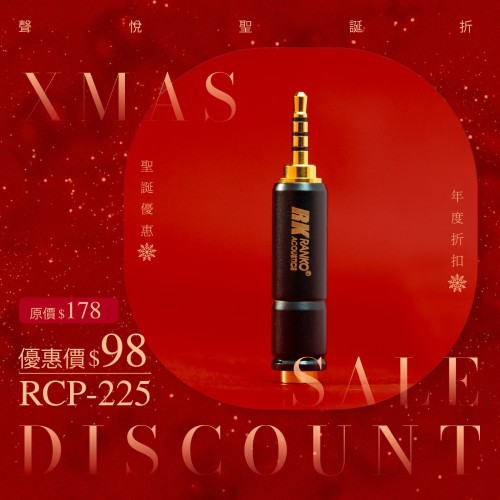
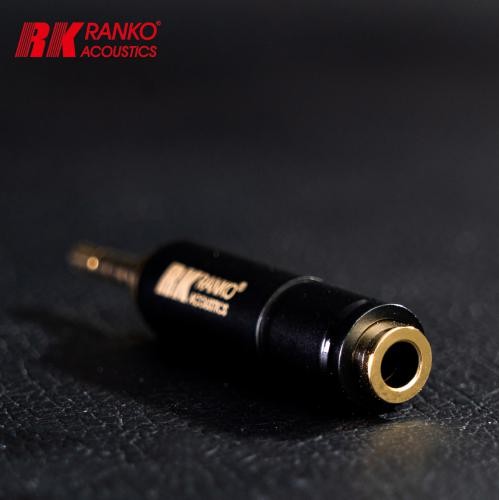
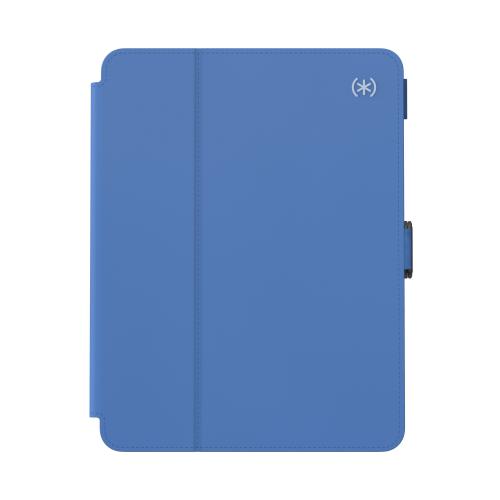
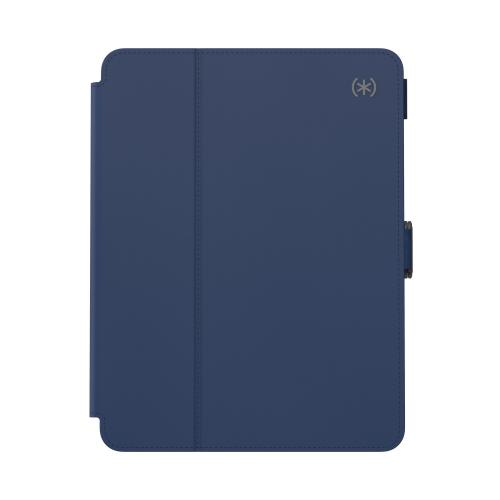


Leave a Comment